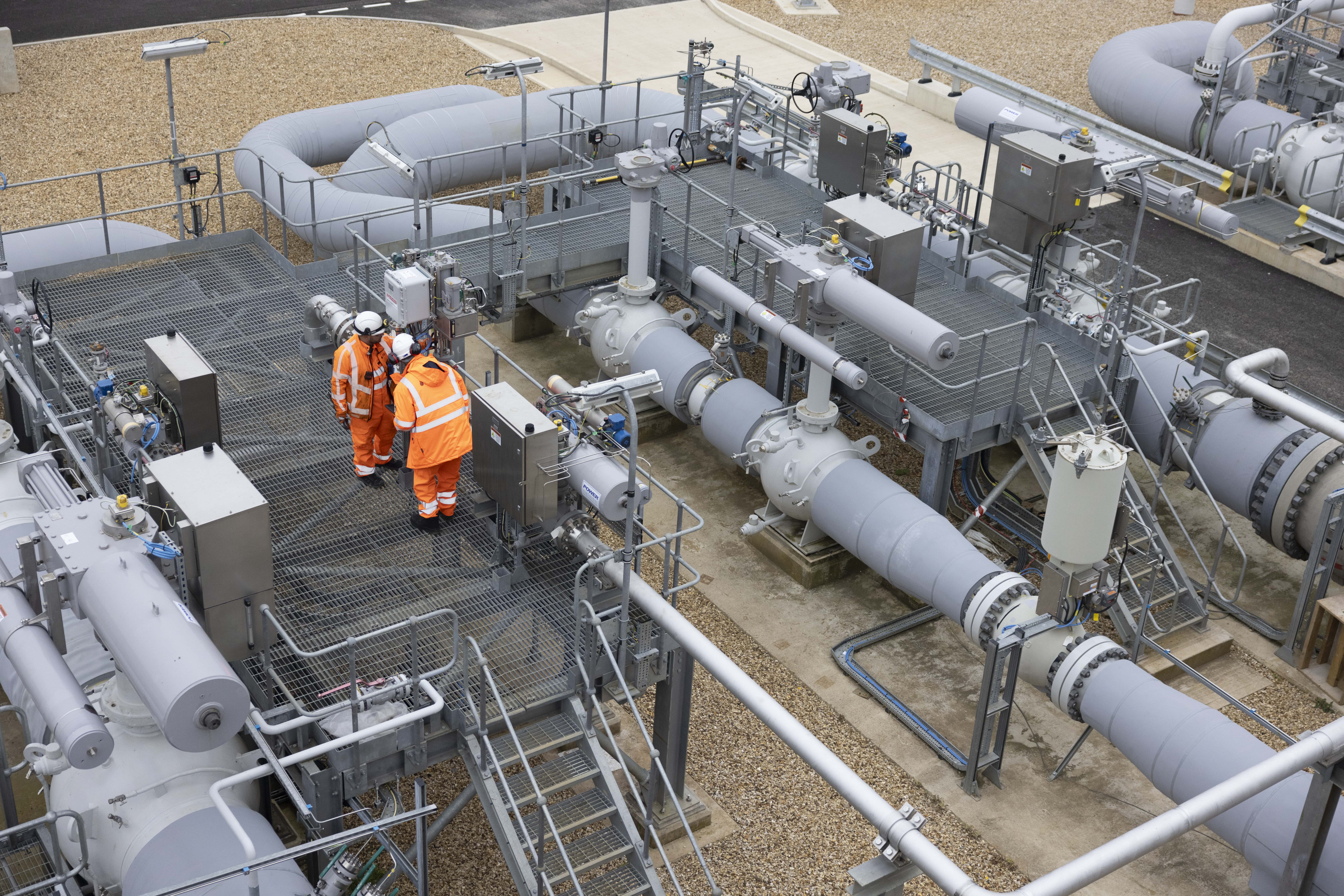23rd August 2023
Hydrogen deblending feasibility phase two

Our hydrogen deblending feasibility phase one project was undertaken looking at the feasibility of gas separation or deblending technology. In our phase two follow up project, we further developed the concept of deblending by looking at the engineering requirements and associated marketing framework.
We’re exploring the role that hydrogen could play in the future gas network to provide a greener alternative to natural gas.
In the transition period between now and 2050, varying customer requirements mean it is likely that different blends of hydrogen and natural gas will be needed.
Our hydrogen deblending feasibility phase one project was undertaken looking at the feasibility of gas separation or deblending technology. This concluded that it could be technically possible to use the inherent pressure drop between gas transmission and distribution to power this separation technology.
In our phase two follow up project, we further developed the concept of deblending by looking at the engineering requirements and associated marketing framework.
From an engineering perspective, we looked at the potential locations for gas separation technology to be used on our network, as well as what equipment would be needed and how mobile this could be. This included reviewing all current offtakes on the National Transmission System (NTS) and mapping these according to their flow rates, to better understand the variation in demand across different locations. This also involved defining different scenarios representing varying customer needs, to help determine how different customers might be affected by deblending operations.
From a market framework perspective, we looked at how existing commercial frameworks (system operation, balancing, gas quality, connections, capacity, and charging) may need to evolve to accommodate the implementation of deblending technology on the network. Alongside this, three deblending scenarios were developed and refined, considering any additional complexities, to give a view of the transition from minimal deblending use to future scenarios with extensive deblending implementation.
We’re continuing work to gain an understanding of the impact that deblending could have on our network and we’re hoping to run a demonstration of some of the technology as part of our HyNTS Deblending Strategic Innovation Fund (SIF) application.





